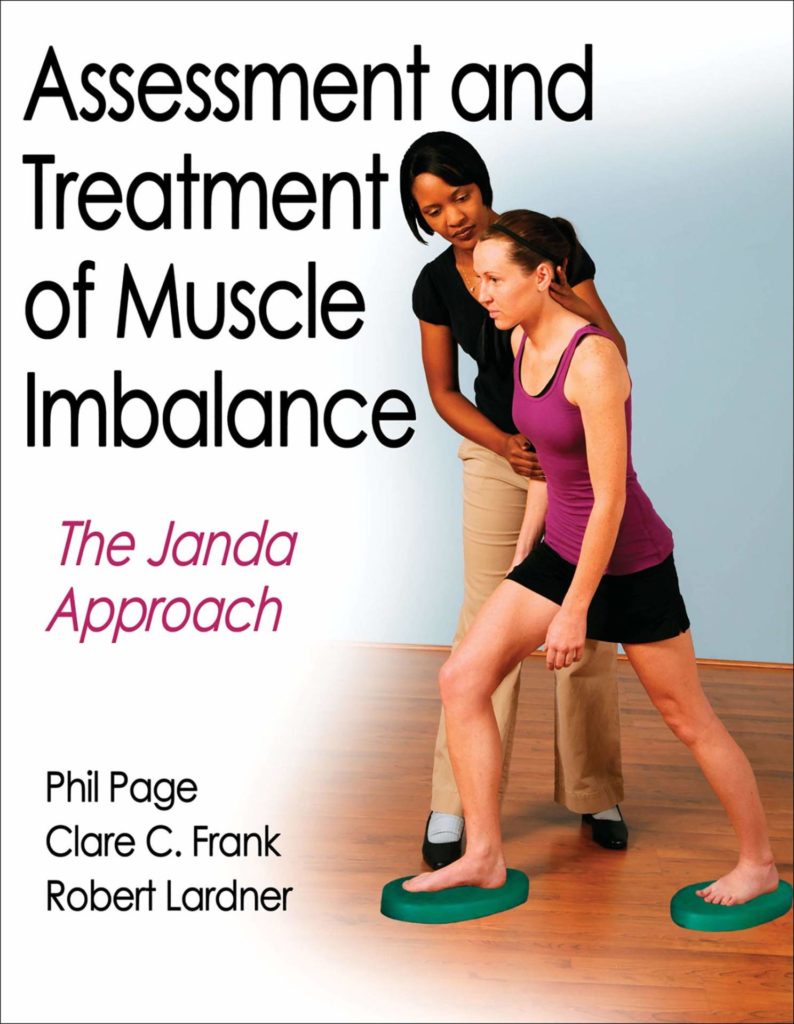STRENGTH SEN BOOKSHELF
Assessment and Treatment of Muscle Imbalance
The theory and practical application of Dr. Vladimir Janda’s testing and treatment methods
Charles Poliquin developed a structural balance testing and training system to assess muscle imbalances and provide the most effective ways to correct them. Before Coach Poliquin, there was Dr. Vladimir Janda.
Janda was born in Czechoslovakia in 1928. He contracted polio at the age of 15 and was unable to walk for two years. However, he recovered and went on to become a neurologist who developed many of the muscle testing and treatment methods used in physical therapy today.
Janda wrote 16 books and over 200 papers on muscle function. His first book was published in 1949; his most recognized work was published in 1983 and is called Muscle Function Testing. Along the way, he founded the rehabilitation department at Charles University Hospital in Prague, Czechoslovakia.
Janda defined muscle function testing as an examination method that provides information about the strength and performance capabilities of muscles. Janda graded muscle strength as follows:

2. The muscle can overcome gravity.
3. The muscle can work, but only when gravity is eliminated.
4. The muscle can contract, but no movement results.
To promote Janda’s complete system of testing and training muscles to a larger audience, Phil Page, PT, ATC, Clare C. Frank, DPT, and Robert Lardner, PT, wrote Assessment and Treatment of Muscle Imbalance: The Janda Approach. Sadly, Janda passed away in 2002, but the authors of this book were fortunate to learn first-hand from Janda. “We knew we had to continue his legacy and protect his approach by teaching workshops to clinicians in the United States,” noted the authors.
Janda’s postural assessment system describes two major imbalances, which he defined in 1979 as crossed syndromes. An upper cross syndrome describes postural distortions of the upper torso, and lower cross syndrome describes postural distortions of the pelvis. These terms are commonly used in physical therapy and in the corrective exercise programs of many personal training certifications.
Another key component of Janda’s work was the effects of tonic and phasic muscles. Tonic muscles contain primarily Type I (slow-twitch) fibers, often cross just one joint, are involved in extension, and are prone to chronic shortening. An example of a tonic muscle would be the pectoralis major. Phase muscles contain primarily Type II (fast-twitch) fibers, cross more than one joint, are involved in flexion, and are prone to be weak. An example would be the gluteus maximus.

Coach Poliquin considered the contraction qualities of muscles when he designed workouts. He usually trained muscles with a high fast-twitch makeup for lower reps and more sets, and those with a high slow-twitch make-up for higher reps and fewer sets. For example, he said the gastrocnemius (upper calf) muscle contains approximately 60 percent fast-twitch muscle fibers and responds better to lower repetitions. In contrast, Coach Poliquin said the soleus (lower calf) muscle contains approximately 88 percent slow-twitch fibers and responds better to higher reps.
Assessment and Treatment of Muscle Imbalance: The Janda Approach transitions from theory to practical application. As such, it is better to avoid the temptation to jump to Part III and study Janda’s treatment methods but to read the book from start to finish. The book is divided into the following four sections.
Part I: The Scientific Basis of Muscle Imbalance
Part II: Functional Evaluation of Muscle Imbalance
Part III: Treatment of Muscle Imbalance Syndromes
Part IV: Clinical Syndromes
The authors warn that the material covered will not address all chronic pain or muscle imbalance syndromes but provides “a systematic approach that can be implemented immediately and used along with other clinical techniques.” Still, the volume of topics covered in this book is impressive.
Assessment and Treatment of Muscle Imbalance: The Janda Approach is a technical book that requires careful study and perhaps a background in exercise science. However, if you are interested in corrective exercise for optimal health and athletic performance, the book deserves a place in your library.
[You can purchase Assessment and Treatment of Muscle Imbalance: The Janda Approach through Amazon.com.)
